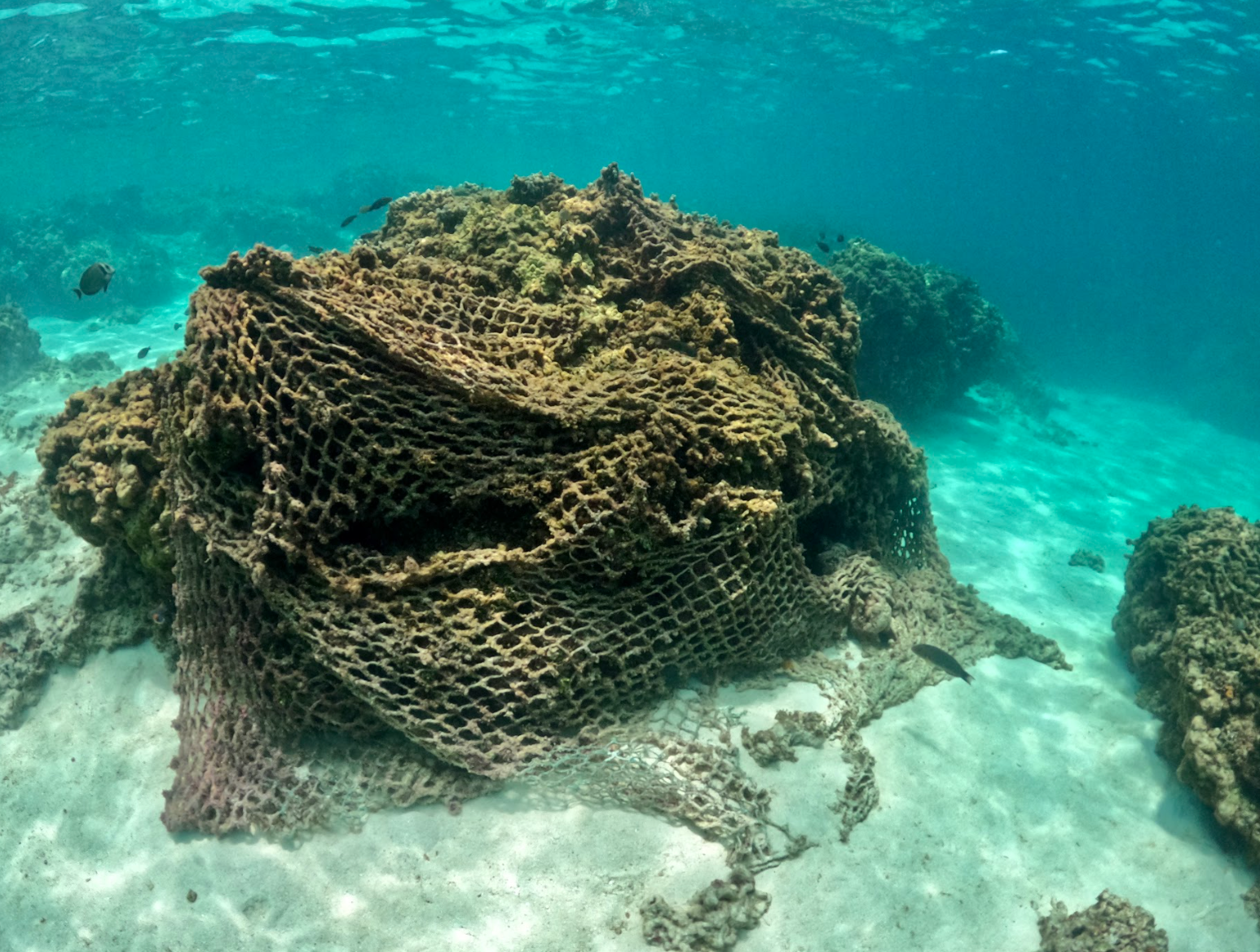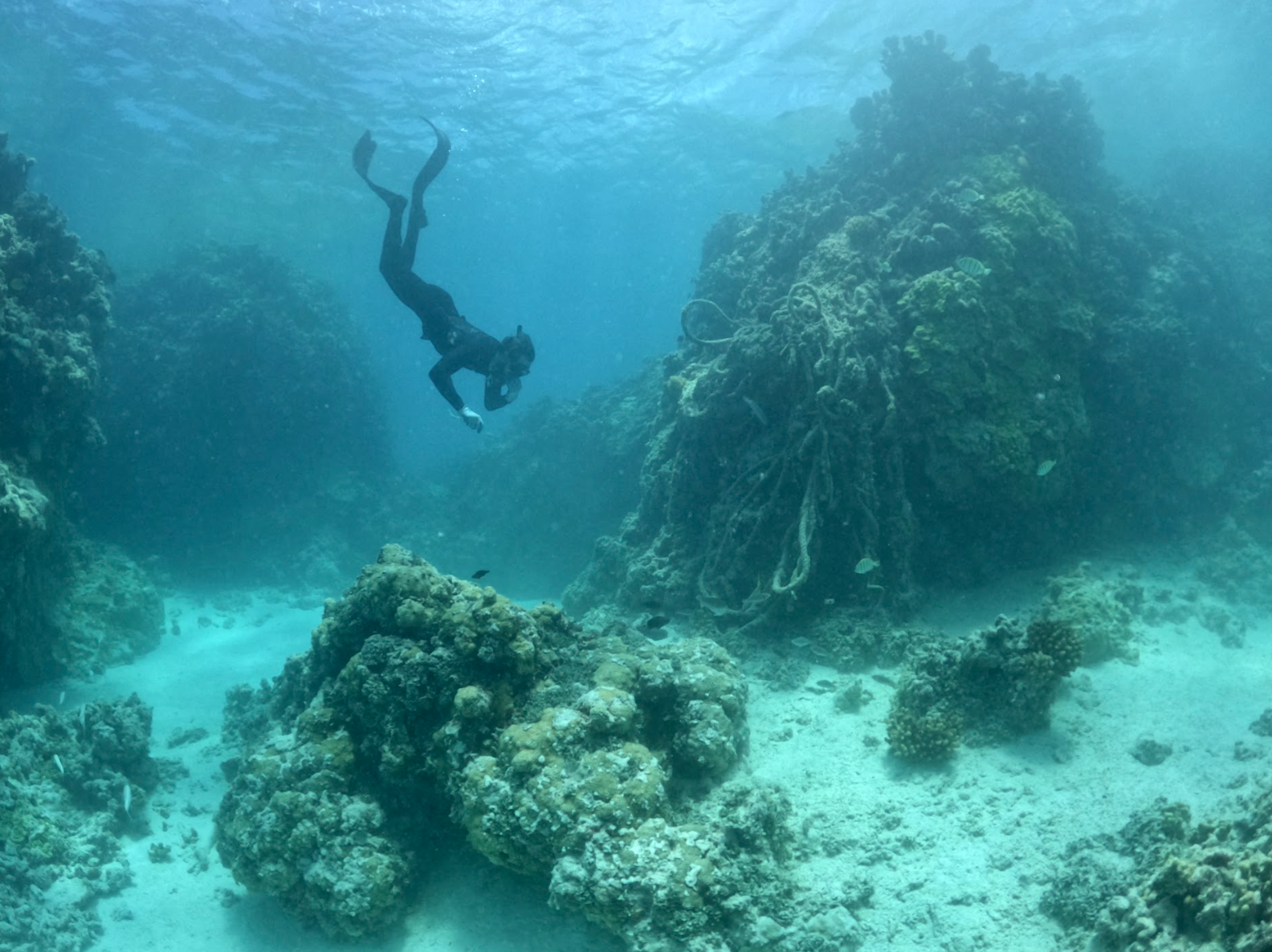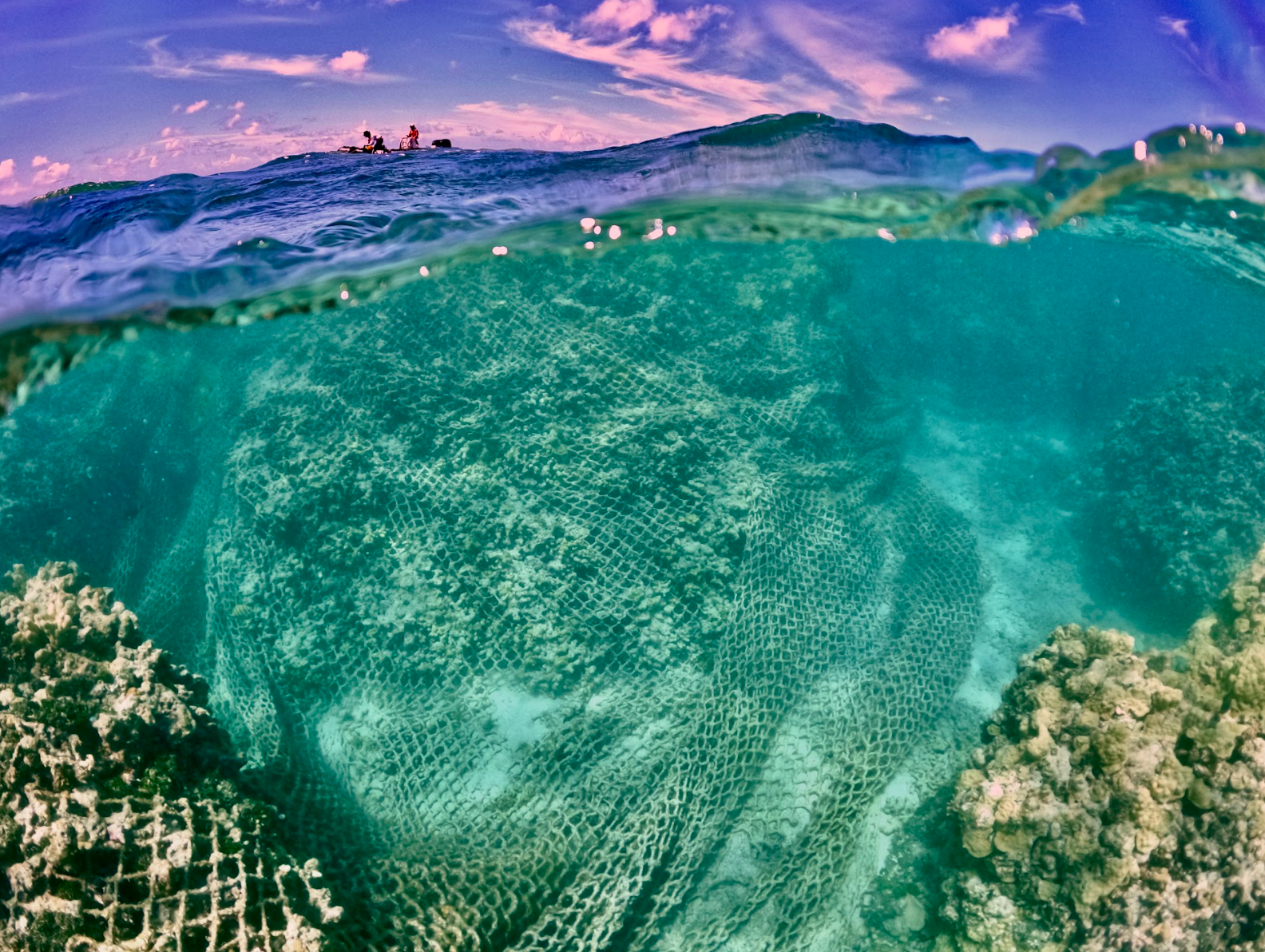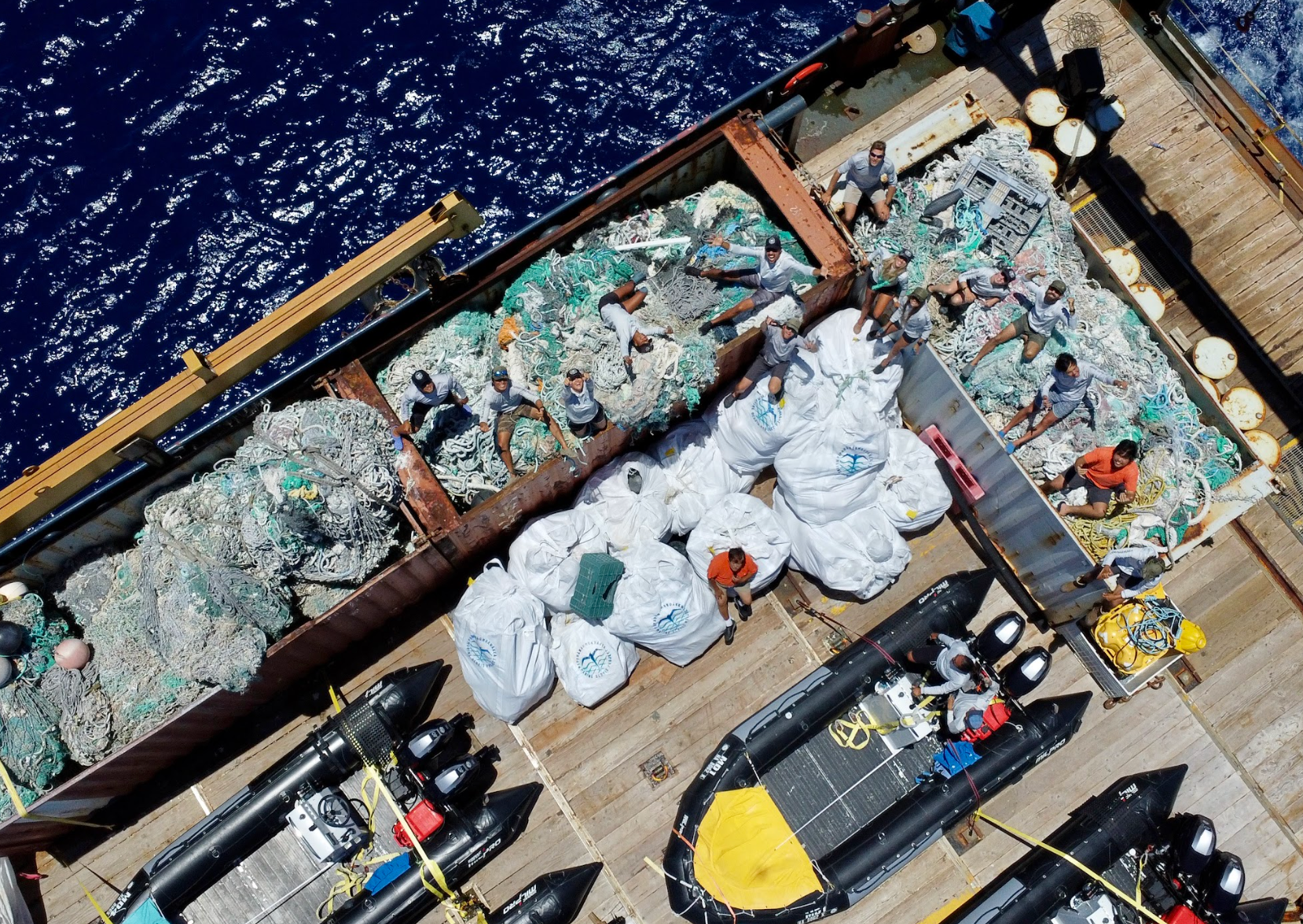43 tons of ‘ghost nets’ removed from single Hawaiian coral reef
The amount of debris was equivalent to finding trash equal to the weight of a commercial airliner in New York’s Central Park

Your support helps us to tell the story
From reproductive rights to climate change to Big Tech, The Independent is on the ground when the story is developing. Whether it's investigating the financials of Elon Musk's pro-Trump PAC or producing our latest documentary, 'The A Word', which shines a light on the American women fighting for reproductive rights, we know how important it is to parse out the facts from the messaging.
At such a critical moment in US history, we need reporters on the ground. Your donation allows us to keep sending journalists to speak to both sides of the story.
The Independent is trusted by Americans across the entire political spectrum. And unlike many other quality news outlets, we choose not to lock Americans out of our reporting and analysis with paywalls. We believe quality journalism should be available to everyone, paid for by those who can afford it.
Your support makes all the difference.Nearly 50 tons of debris has been removed from marine ecosystems in Hawai’i including 43 tons of “ghost nets” from a single coral reef.
The reef is known as Kamokuokamohoaliʻi (which translates to “island of the shark god”) or Maro Reef. It’s part of the Papahānaumokuākea Marine National Monument, a string of remote and uninhabited islands and one of the largest marine conservation areas on the planet.
The coral reef is located in a shallow lagoon, less than 10 feet below the surface, in the open ocean more than 800 miles from Honolulu.
The reefs support a number of species including endangered Hawaiian monk seals, green sea turtles, rays, sharks, and thousands of fish, many of which are only found in Hawai’i. It’s also one of the most diverse reefs in Hawaiʻi, harboring 37 coral species.
Along with being rich in biodiversity, coral reefs protect coastlines during storms and from erosion but they are under threat from pollution, overfishing, marine development and the climate crisis.
Oceans have absorbed 90 per cent of the heat caused by greenhouse gas emissions, largely from burning fossil fuels.
Warmer waters “bleach” corals - causing them to expel algae living inside, and leaving them a ghostly-white colour. Bleaching leaves coral vulnerable to disease, and can ultimately kill them.
The algae inside coral reefs are masters of so-called “blue carbon” storage - absorbing planet-heating carbon dioxide from the air and turning it into food and energy. It’s an essential part of nature’s “carbon sink” network which combats rising temperatures.

However when coral reefs die, that carbon is released back into the atmosphere, adding to warming.
The clean-up was completed last weekend after a month-long trip by freedivers from the Hawaiʻi-based non-profit organization, Papahānaumokuākea Marine Debris Project (PMDP).
So-called “ghost nets” are the abandoned masses of plastic fishing nets which often snag on the shallow reefs, and smother and break the living coral colonies.
In one area, the non-profit crew discovered a single trawler net across nearly 200ft of reef, threatening to entangle seals, turtles and sea birds.
The divers removed nets by carefully cutting them free of the intricate coral, and hauling the debris by hand to inflatable boats which were then taken to the main ship.


In a press release about the expedition, PMDP President Kevin O’Brien said the amount of marine debris was “equivalent of taking a walk through New York’s Central Park and a few surrounding blocks, and finding enough trash there to equal the weight of a commercial commuter airliner”.
He added: “The fact that we are seeing this kind of accumulation in such a single small area is really indicative of the scale of the global marine debris issue. Kamokuokamohoaliʻi is one of the most pristine and isolated places on the planet, and if it’s ending up here in these quantities, it means we’ve got a problem.”
A majority of the debris will be incinerated to provide energy for powering hundreds of homes on Oʻahu, one of Hawai’i’s larget islands.
PMDP’s next clean-up mission is in September, with the goal of removing another 100,000 lbs from the reefs of Papahānaumokuākea.

Join our commenting forum
Join thought-provoking conversations, follow other Independent readers and see their replies
Comments